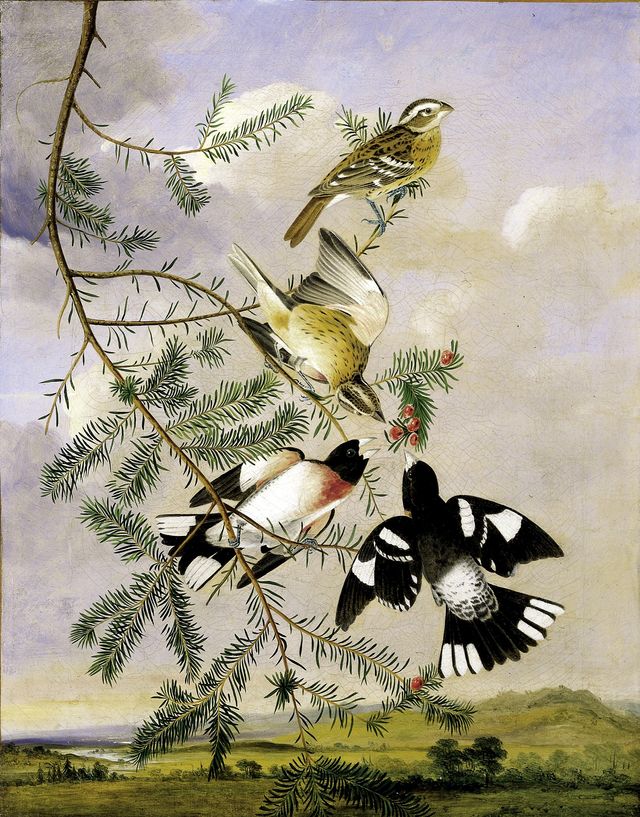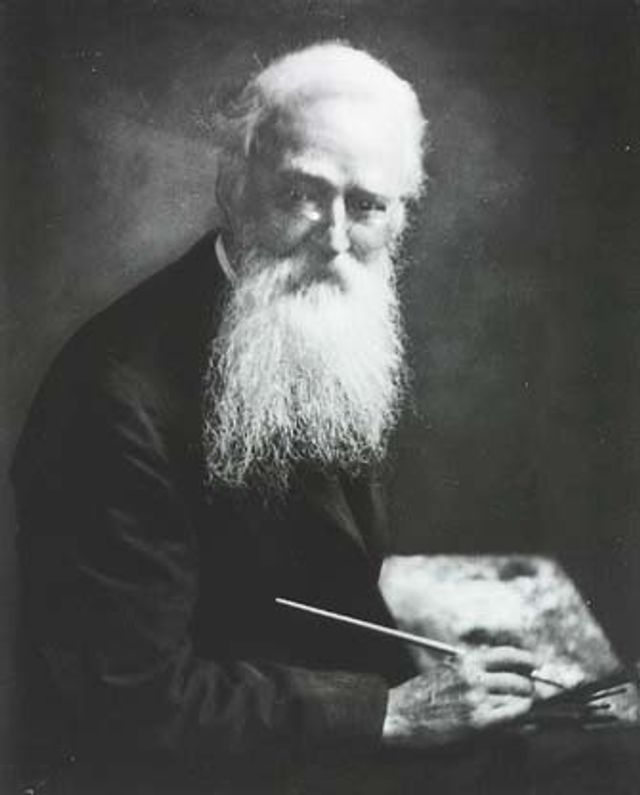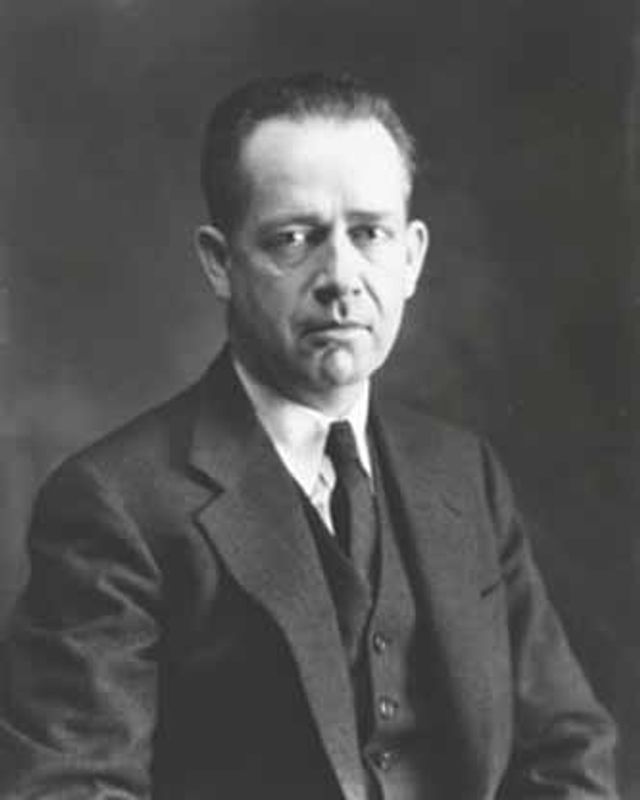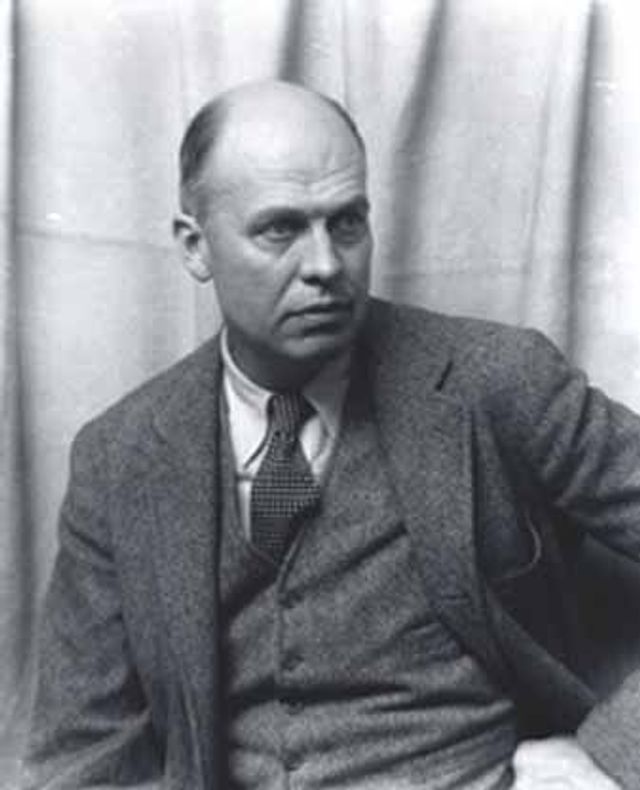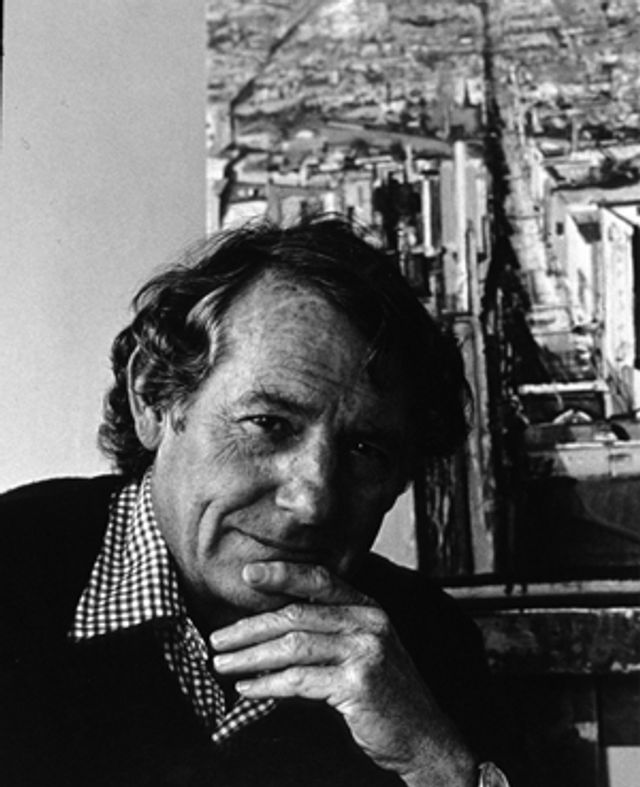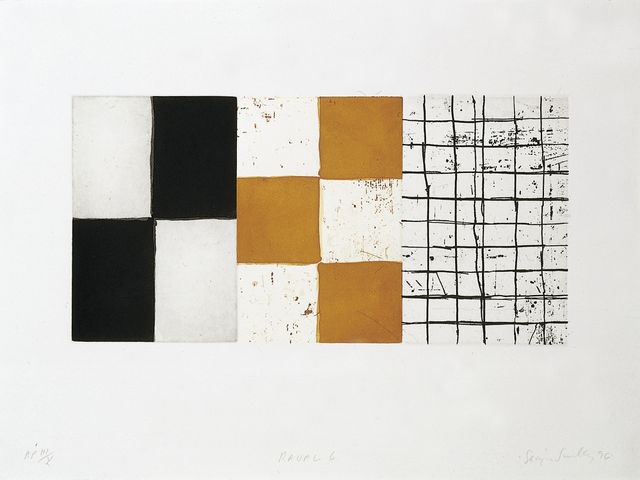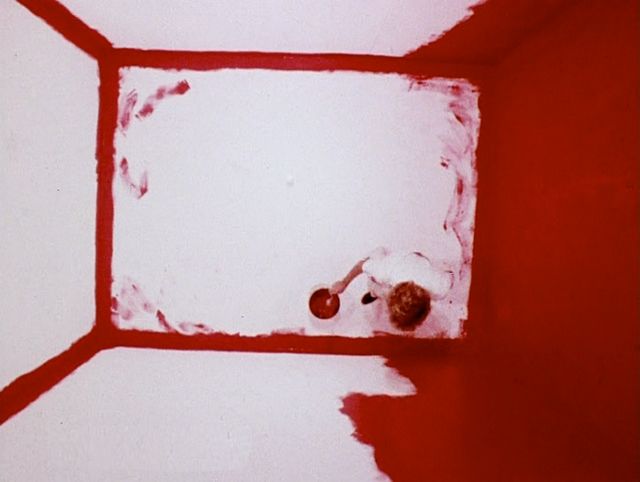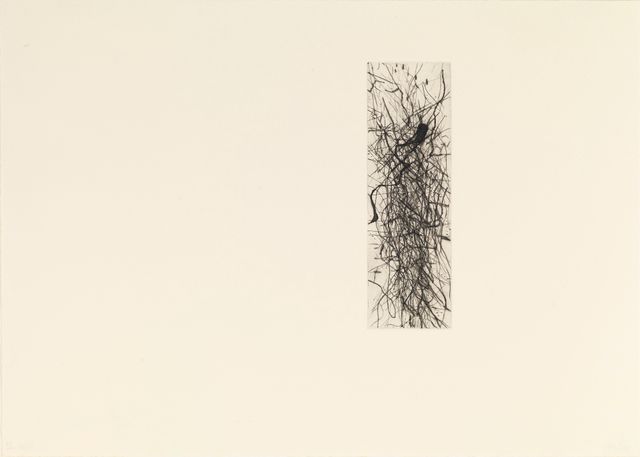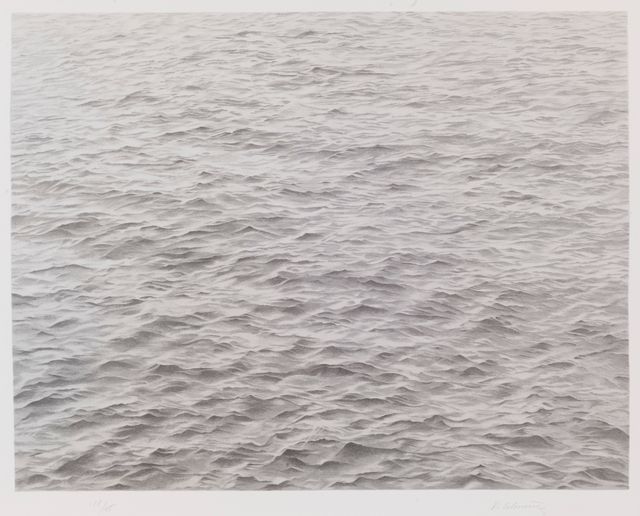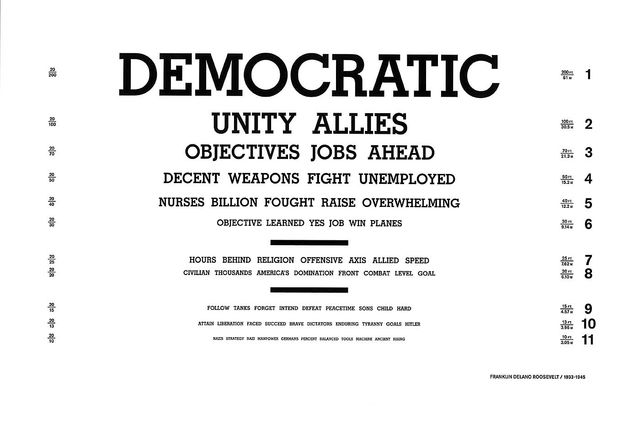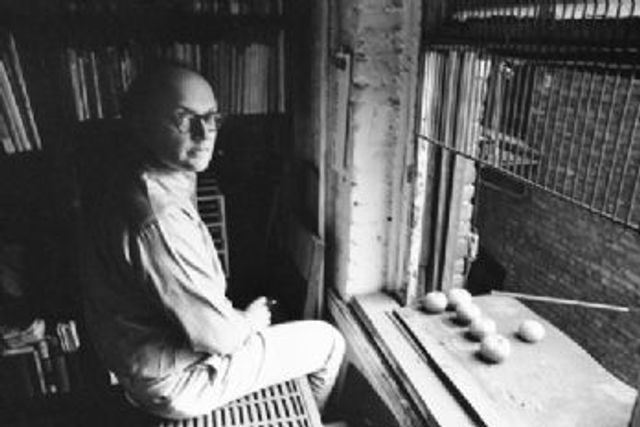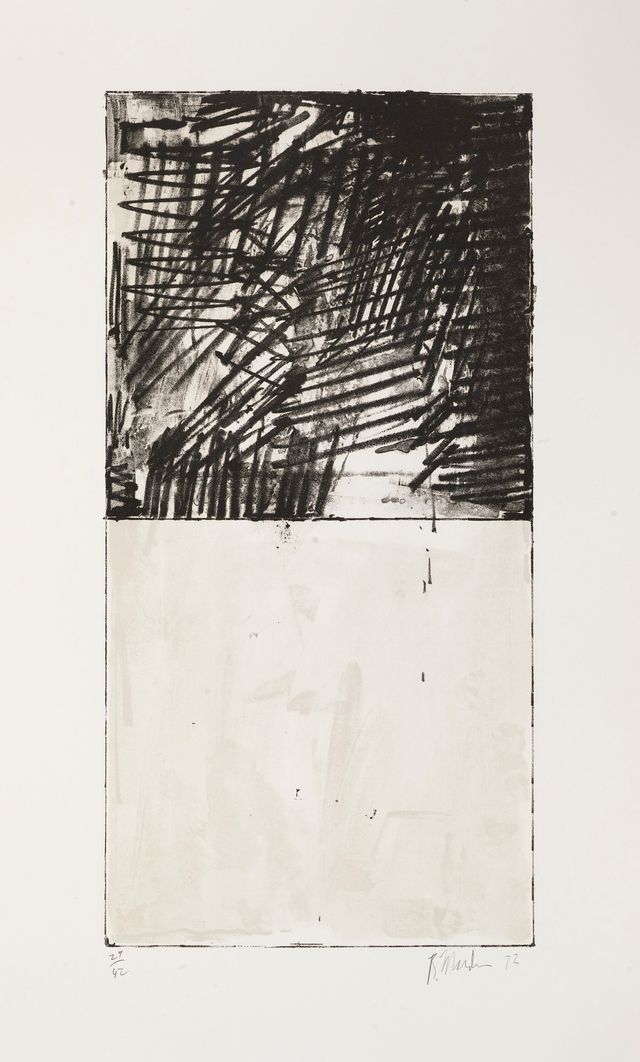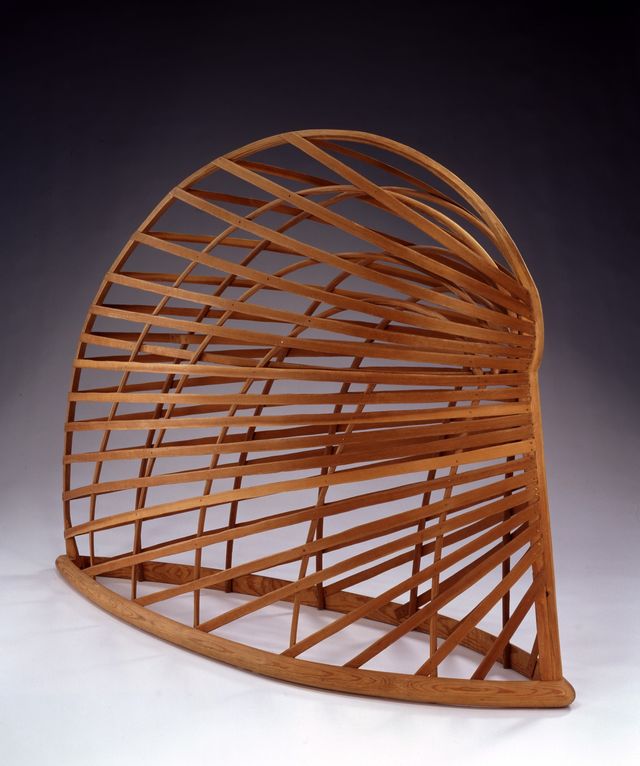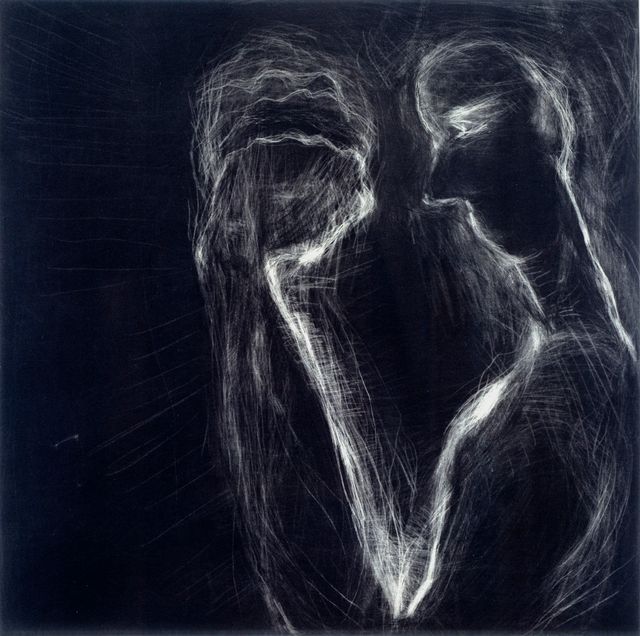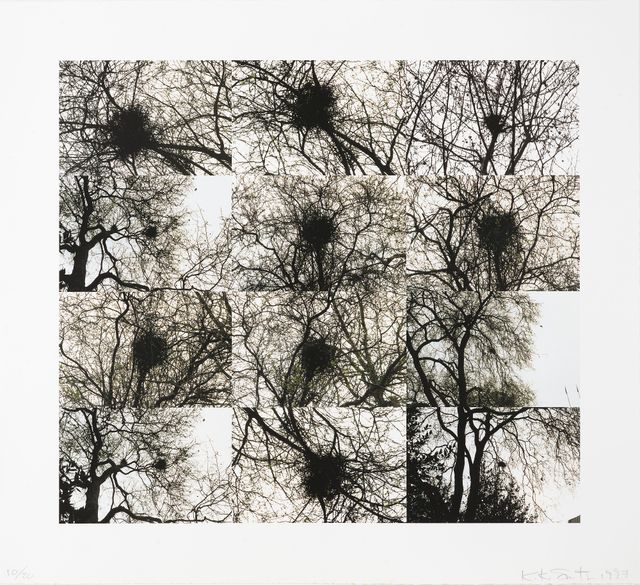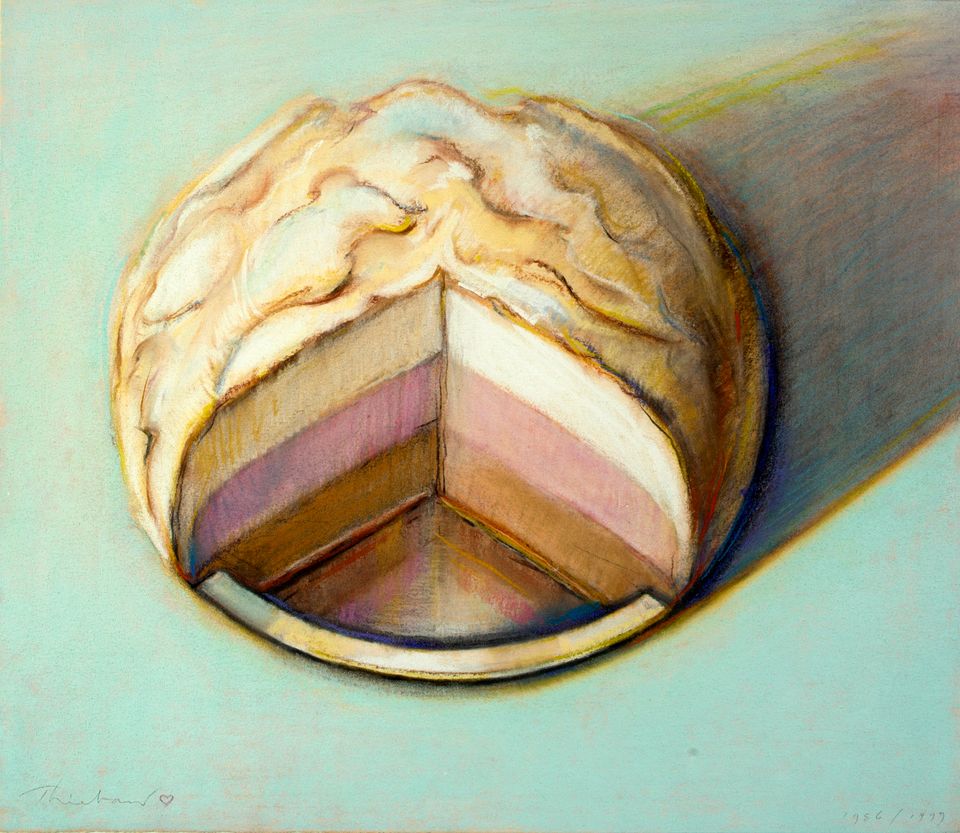
Graphic arts comprise a large part of the museum’s collection, which reveals the central importance of works on paper for American artists, both as studies for creations in other media and as finished works of art. Artists in the collection range from nineteenth-century masters such as John James Audubon, Winslow Homer, John La Farge and Thomas Moran to twentieth-century greats Charles Burchfield, Stuart Davis, and Edward Hopper to contemporary artists Wayne Thiebaud, Jennifer Bartlett, and April Gornik. Sean Scully chose the Smithsonian American Art Museum as the sole U.S. repository of a master set of his prints from 1982 to the present.
From 2003-2004, the museum toured Graphic Masters: Highlights from the Smithsonian American Art Museum, seventy-five rarely lent watercolors, pastels, and drawings from the 1860s through the 1990s. The 2011 exhibition Multiplicity, which also toured the U.S., featured eighty-three works from the museum's permanent collection by such outstanding contemporary artists as John Baldessari, John Cage, Vija Celmins, Chuck Close, R. Luke DuBois, Sol LeWitt, Brice Marden, Julie Mehretu, Martin Puryear, Susan Rothenberg, Kiki Smith, and Kara Walker.
Selected Works
Related Artists
Painter and graphic artist. Homer's illustrations of the Civil War for Harper's Weekly are singular and outstanding examples of wartime reporting.
Painter, stained glass designer. Among his many commissions, decoration of the Trinity Church in Boston placed La Farge at the forefront of the American Arts and Crafts movement.
Landscape painter. Influenced by J.M.W. Turner, Moran is best remembered for his idealized views of the American West.
Modernist painter who celebrated nature in his watercolors. During his life, he often drew inspiration from his environs, which included small-town Salem, Ohio, and urban Buffalo, N.Y.
Pioneer modernist painter who exhibited at the 1913 New York Armory Show. Davis believed that "a subject had its emotional reality," which could be gleaned through an awareness of geometric planes and spatial relationships.
Realist painter who studied with Robert Henri and Kenneth Hayes Miller at the New York School of Art.
Born in Mesa, Arizona, Wayne Thiebaud became one of the most well-known Pop artists in America. His iconic images of food may have stemmed from his beginnings as a freelance cartoonist in 1939.
Jennifer Bartlett is the daughter of a pipeline engineer and a fashion illustrator. In the late 1950s she attended Mills College, an unconventional school in Oakland, California, that encouraged experimentation and discouraged textbooks.
Scully was born in Dublin, Ireland, in 1945 but was raised in London, where his family moved in 1949.
John Baldessari was born in National City, on San Diego Bay in California in 1931. He enrolled at San Diego State College in 1949 and received his BA in painting in 1953. He also studied at Berkeley in 1953.
Chuck Close was born in Monroe, Washington, in 1940 and received a BA degree from the University of Washington in Seattle in 1962.
Sol LeWitt was a leader in the growth of conceptual art during the 1960s and 1970s. This was a reaction to the emotional qualities of abstract expressionism, and focused on the ideas behind the art as opposed to the actual objects.
One of the most important American sculptors working today, Martin Puryear (born 1941) is known for refined, handmade constructions, primarily in wood. Puryear's abstract forms, while evocative and familiar, elude specific or singular interpretations.














